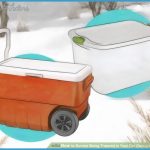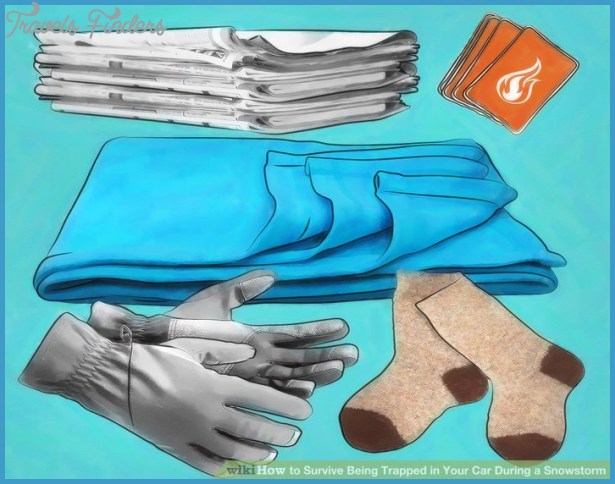Whether you’re headed across the country or visiting top Texas destinations from east to west, across town, driving during the winter months can be dangerous. Snow, ice and sleet cause roads to become slippery or possibly impassable. Your car could slide off the road and become stranded in a snow bank. A blizzard could cause white-out conditions that makes it impossible for you to continue driving safely. Or a traffic accident involving other vehicles could keep you from continuing your journey for hours.
You may think winter driving hazards occur only in states that surround the Great Lakes or those with mountainous terrain. However, most places in the U.S. occasionally receive at winter precipitation that poses risks to drivers. For example, a storm in January 2014 left Atlanta, Ga.thousands of motorists stranded 24 hours after snow started falling. Another storm in December 2010 shut down one of Arizona’smajor north-south highways.
So how can you prepare for a wintertime emergency that leaves you stranded on the side of the road for hours at a time? Here are some tips to help you stay safe.
Get Ready
A winter survival kit is key to preparing for wintertime driving. By storing several items in your vehicle, you’ll be ready for an emergency situation. Here are some things to include in your kit:
• A minimum of four quarts of water,
• Snacks, including granola or energy bars, dried fruits, nuts and candy,
• Waterproof matches and small candles,
• A flashlight, including additional batteries,
• First-aid kit,
• Pocket knife and/or a multi-tool,
• Emergency flares,
• A heavy coat, gloves or mittens and a warm cap,
• Waterproof boots,
• Toilet paper,
• Cellphone and charger,
• A blanket or sleeping bag,
• A portable radio with extra batteries,
• A tow rope,
• Flagging tape,
• Hand and body warmer packets.
Yes, this may seem like a lot of gear, but you’ll be thankful these items are available if you find yourself stuck on the highway with no way to get indoors.
Make Sure You Have Gasoline
When driving in the wintertime, per MyImprov.com, keep your gas tank at least halfway full. In the event you become stranded, having gasoline will allow you to run the engine and the car’s heater for short periods and stay warm. Avoid the buildup of carbon monoxide by cracking a down-wind window and keep the vehicle’s exhaust pipe free of snow. During periods when the engine is not running, stay warm using extra blankets, body warmer packets, extra clothing and body heat from fellow passengers.
Wait for Assistance
If you do find yourself stranded, you may want to try and get your vehicle back on the road yourself. However, it’s more important that you conserve your energy since you don’t know how long it will be before help arrives. What’s more, cold temperatures cause your heart to experience more stress during periods of heavy exertion so working to free your trapped vehicle could cause you to experience a serious medical event.
Additionally, it’s more likely you’ll be found if you stay with your vehicle, and it’s just safer. While it may seem like a good idea to try to walk somewhere for help, but there’s a greater chance you’ll experience hypothermia or slip and fall causing a serious injury. Use your cell phone to call for roadside assistance. Alert rescuers by tying a piece of bright cloth to your car’s exterior and turn on the dome light while running the engine.
While driving in the winter poses hazards, driving on any day of the year can be just as frustrating. Our defensive driving course helps even seasoned drivers sharpen techniques and learn to avoid accidents. And, if you’ve receive a traffic ticket, our course can help you get the ticket dismissed, avoiding more points on your license and higher auto insurance rates.












